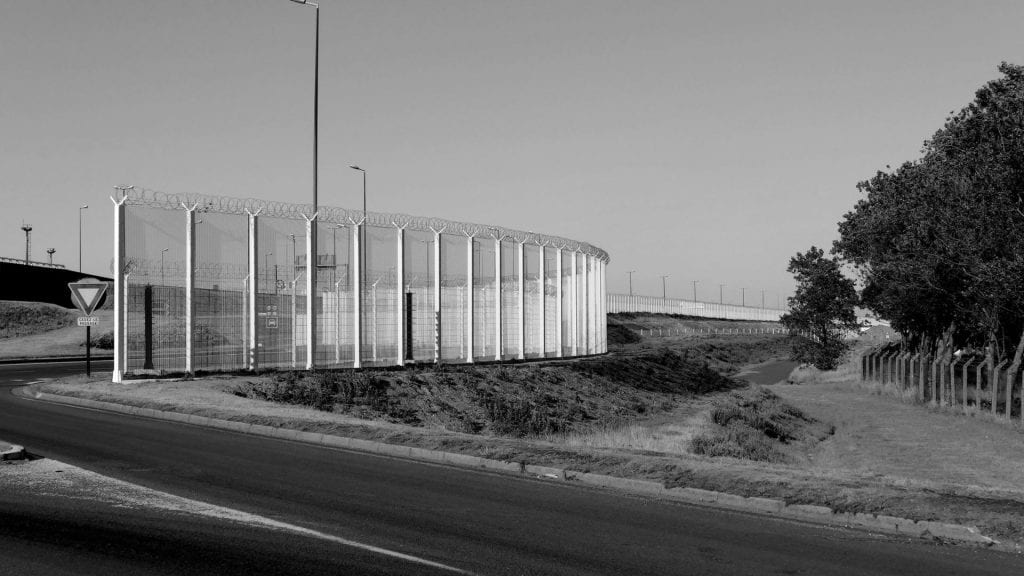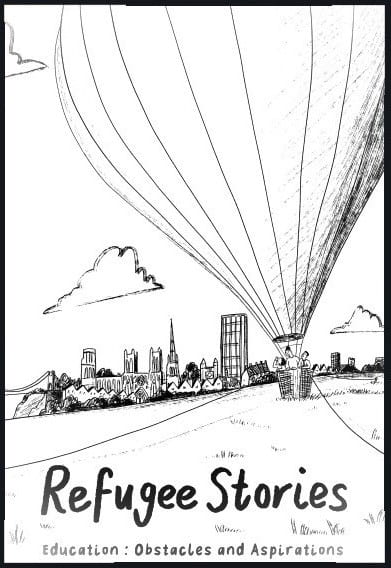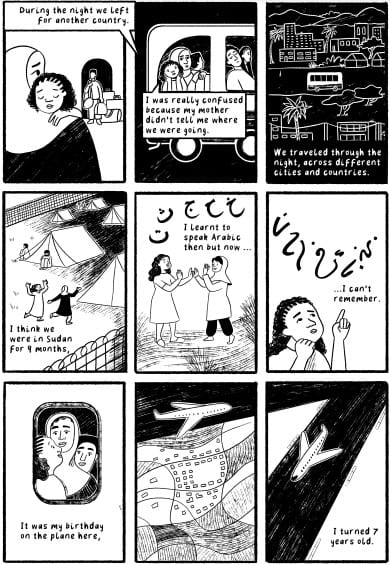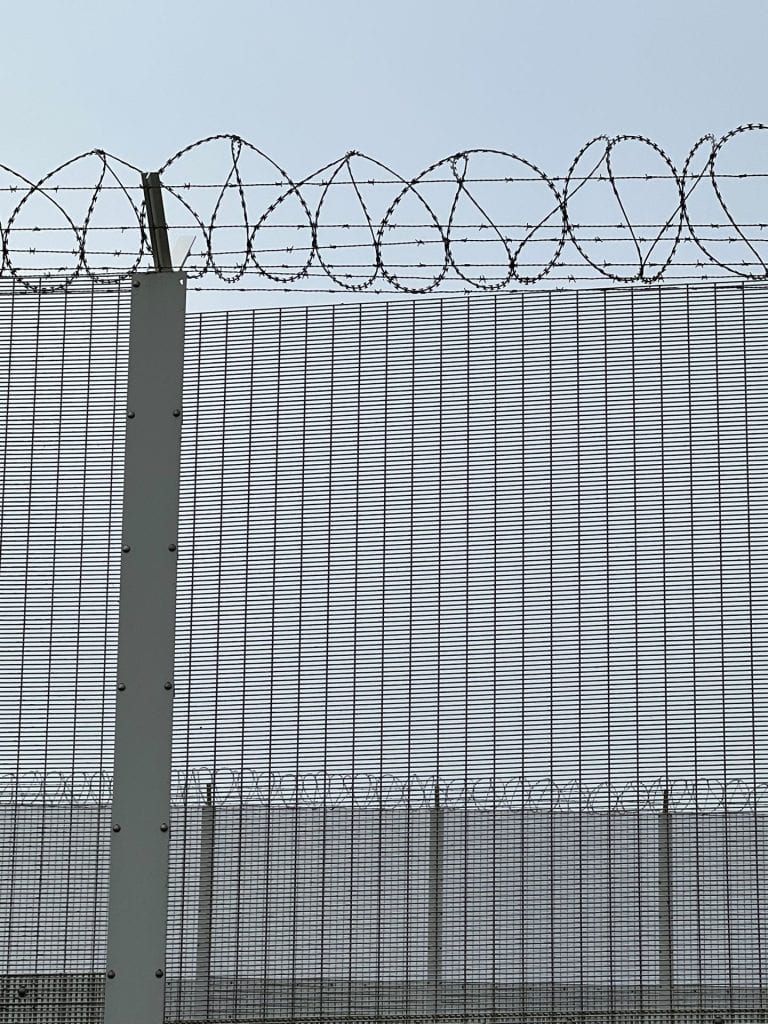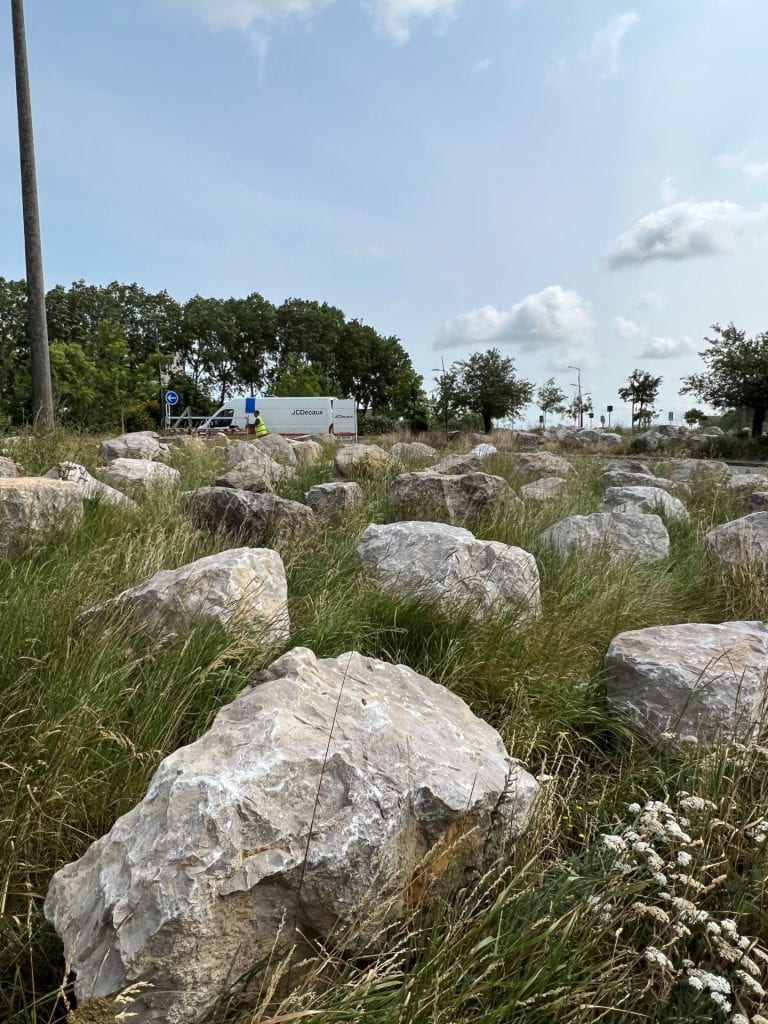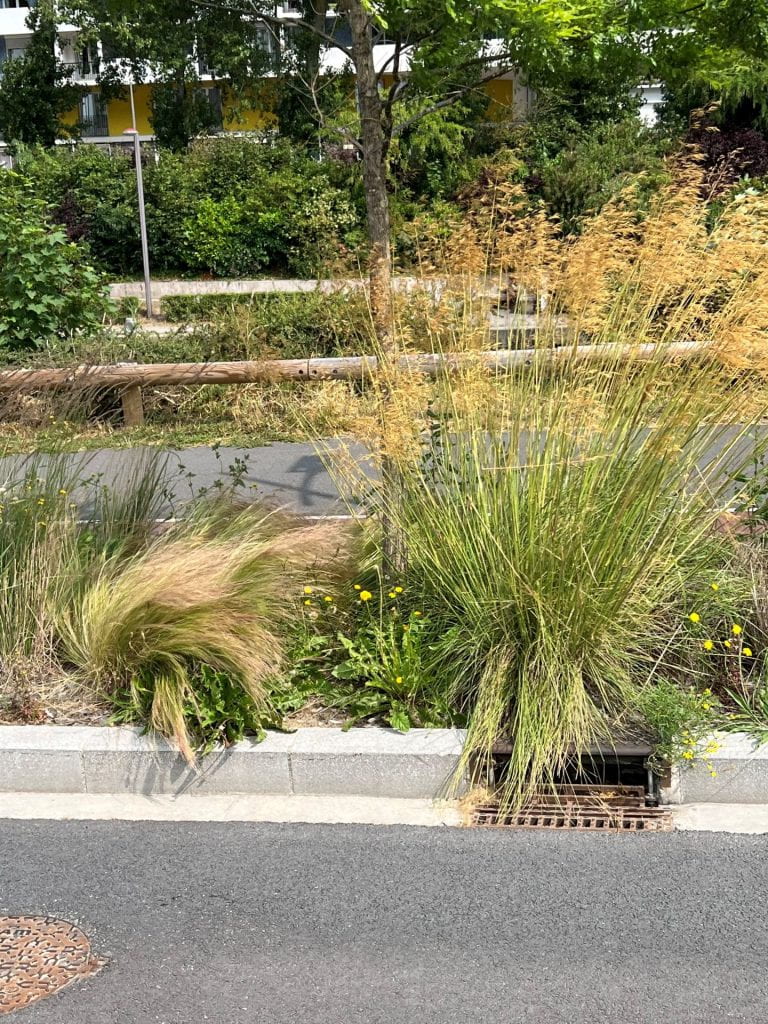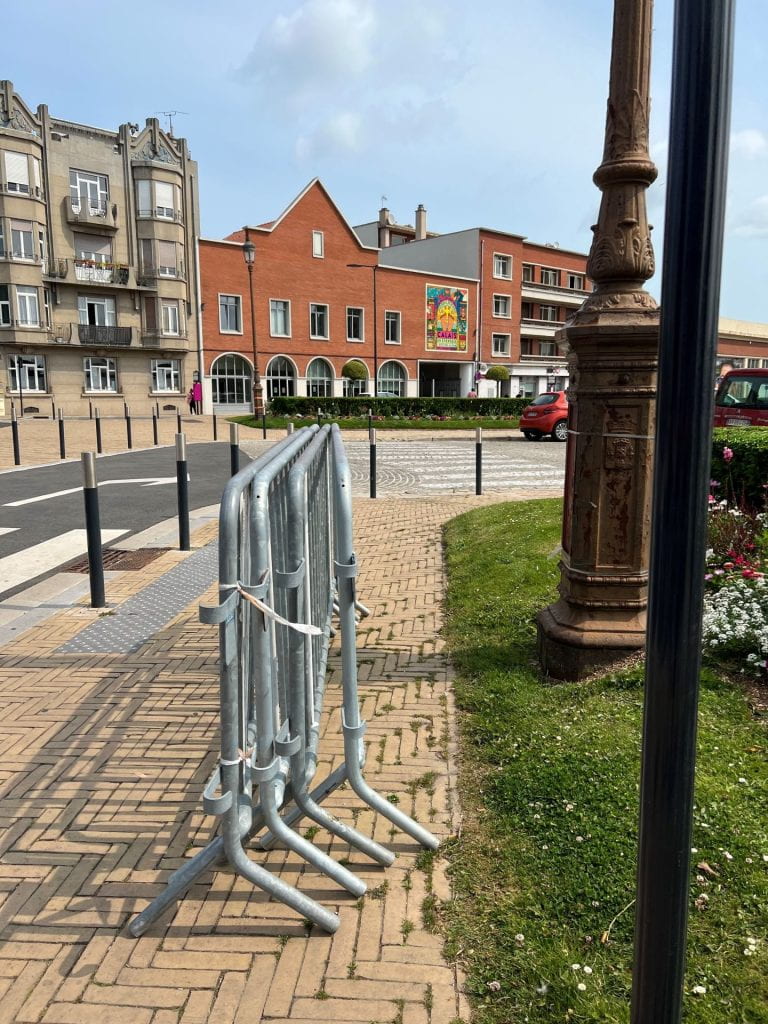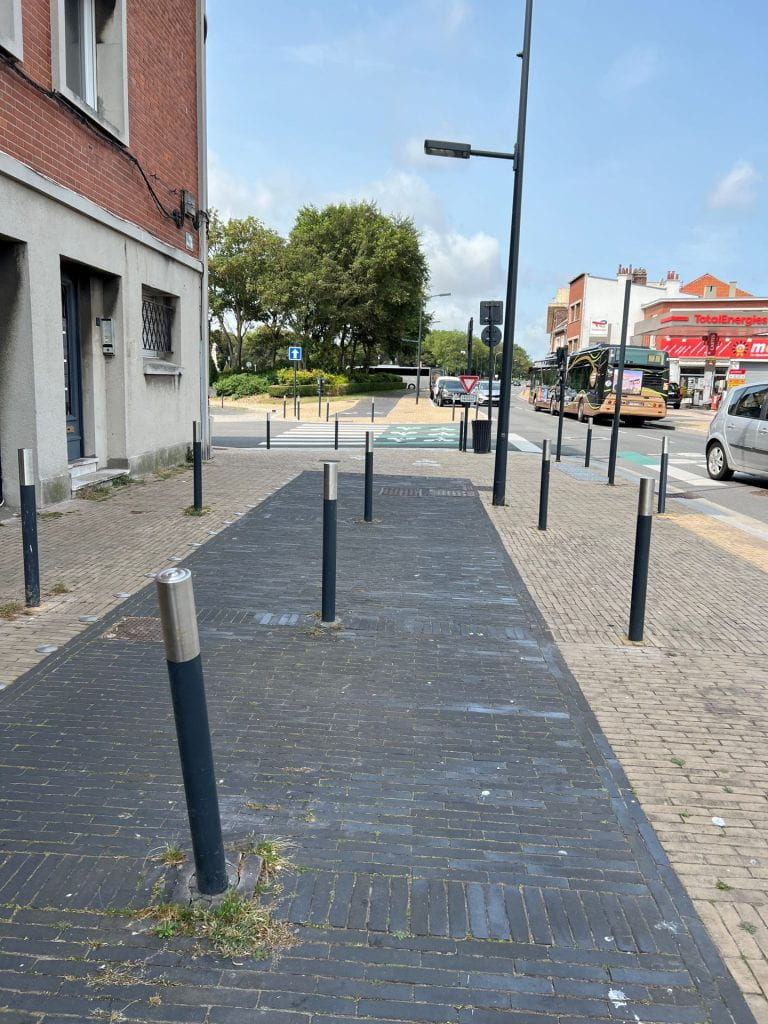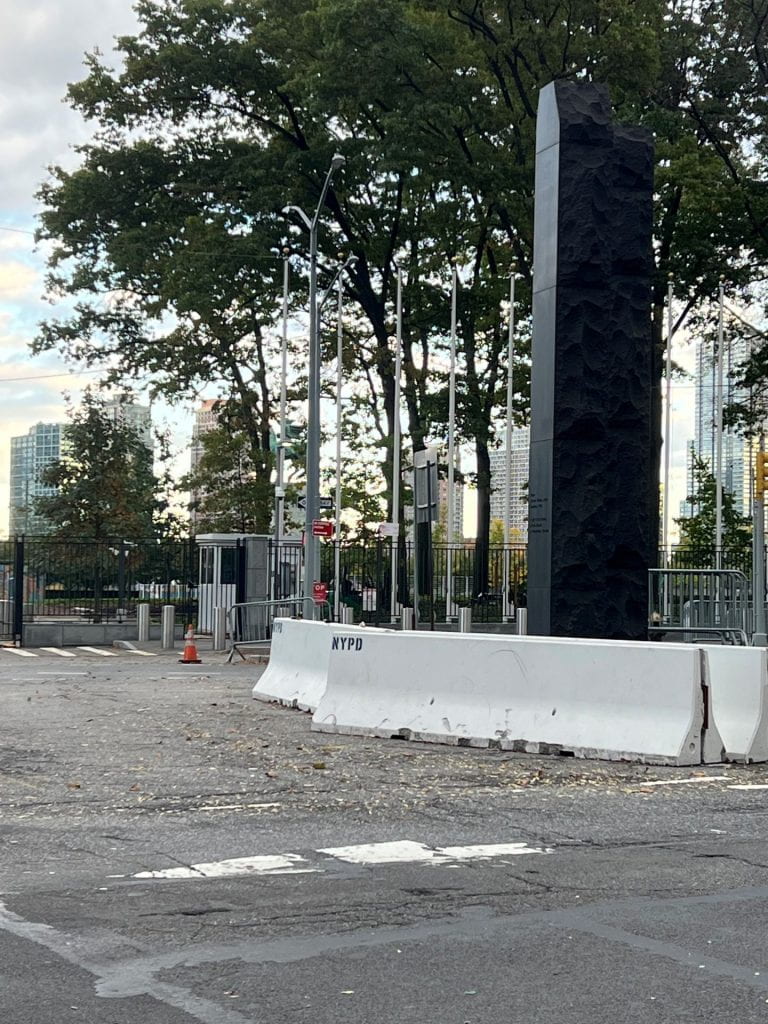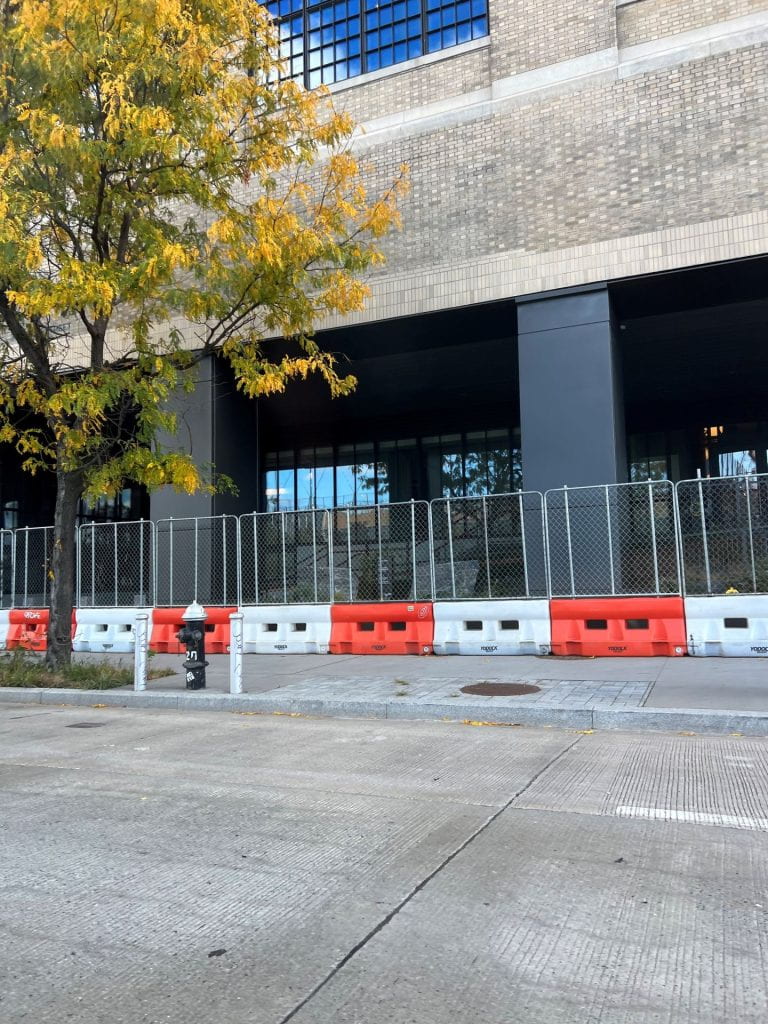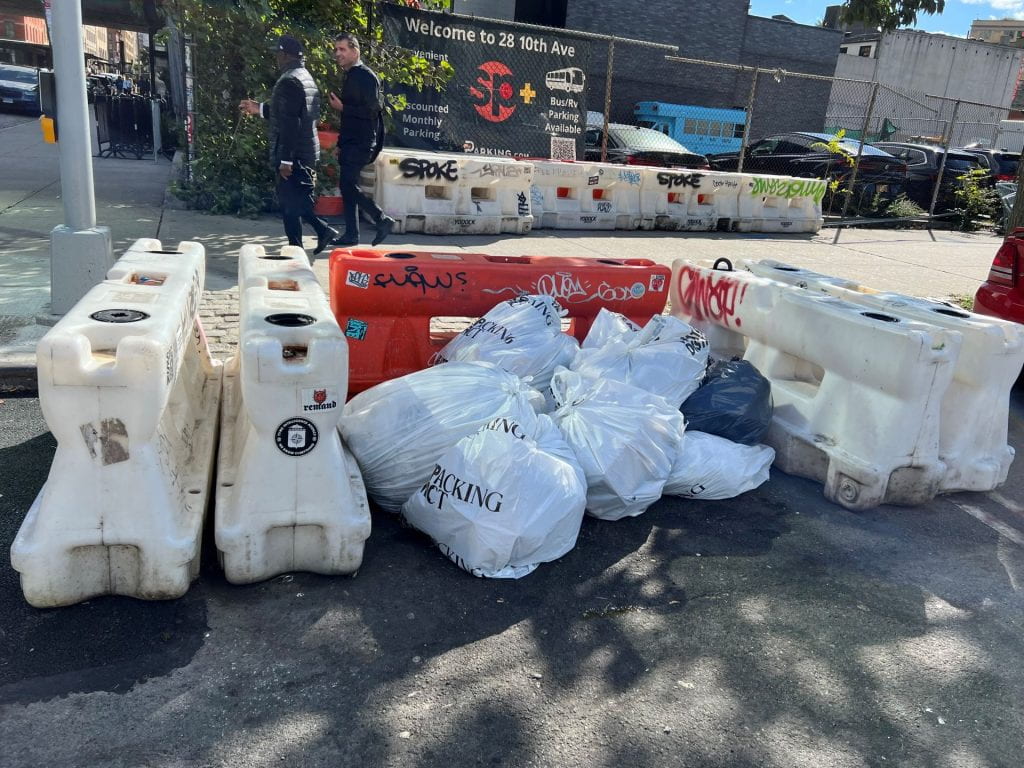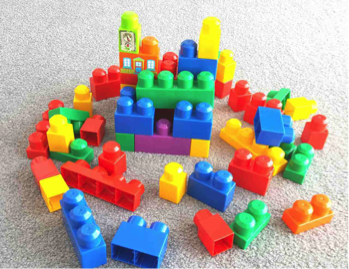A special series from the Migration Research Group of the School of Sociology, Politics and International Studies at the University of Bristol.
By Magda Mogilnicka.
This year has marked the 20th anniversary of the EU enlargement when eight countries from Central and East Europe, with Poland as the largest accession state, joined the European Union. The UK was one of only three European Union (EU) countries* allowing new accession members to work with almost no restrictions. As a result, many people, exercising their new right of freedom of movement as EU citizens, came to the UK. The freedom to move across European borders without a passport or a work permit became a privilege taken for granted until 2016, when the Brexit campaign put EU mobility in the spotlight, resulting in the UK leaving the EU.
Since Brexit, EU citizens in the UK have had to formalise their immigration status through the EU settlement scheme. For many Western Europeans Brexit unsettled their sense of belonging for the first time. But for the EU’s newest members from Central and East Europe, including Romanians and Bulgarians who joined the EU in 2007, belonging had long been questioned: they had experienced discrimination and racialisation long before Brexit. At first they were welcomed for filling gaps in the growing labour market economy, replacing labour migration schemes of overseas ‘low-skilled’ workers, a policy that raised questions about privileging white migrants over migrants of colour. But soon they became pejoratively labelled as ‘East Europeans’ in media and political discourses. A positive message about working hard and contributing to British economy gradually turned into a negative one as the number of immigrants steadily increased. Represented as culturally homogenous and economically inferior, constructed as ‘low-skilled’ economic migrants threatening British workers, putting pressure on public services, eating swans and being racist, they discursively became the ‘white Others’. While they may have been welcome at first, they soon became a target of hostile discourses that vilified them in racialised ways. We can see similar patterns emerging in discourses about Ukrainian refugees.
More than 280,000 Ukrainians have arrived in the UK since the Russian invasion in early 2022 under the Homes for Ukraine and Ukrainian Family or Extension schemes, which significantly increased the Ukrainian-born population. Under the former scheme, British families can apply to temporarily host a Ukrainian family in their home and receive some financial support from the government to do so. Ukrainian refugees are allowed access to education and healthcare and have the right to work. The scheme has been extended until September 2026.
The relatively generous policy towards Ukrainian refugees that offers access to public services and employment, as well as overwhelmingly positive public reception contrast with policies – and public support for – restricting movement for non-European asylum seekers. With the exception of resettlement schemes for Afghan and Hong Kong citizens, the policy focus has been on reducing migration through the Illegal Immigration Act 2023, which criminalises non-European asylum seekers entering the UK through routes that are not legally recognised. Opening borders to Ukrainians occurred at the same time as the former Conservative government was pushing for the Rwanda resettlement plan that aimed to permanently remove those asylum seekers with no possibility to return to the UK.
Although the Rwanda plan has been scrapped by the new Labour government, the current asylum-seeking process for other incomers is lengthy, complicated and leaves people living in limbo sometimes for years before they are granted refugee status and a right to work and can then start a route to settlement. Hence, the Homes for Ukraine scheme can be seen as a whitewashing policy that privileges white European migrants over people of colour. Indeed, whiteness and Christianity were implicitly pointed at in many Western media reports at the beginning of the war to emphasise the Europeanness of Ukrainians who ‘look like us’. In a similar way, when ‘East European’ EU citizens joined the EU in 2004, their presumed ability to ‘socially integrate’ (Home Office 2005, p.21) more easily (due to their economic activity) had subtle racialised undertones.
However, despite the privileges offered to Ukrainians, the four-year time limit of the 2022 scheme suggests that they are not expected to stay. Their acceptance therefore seems contingent upon them eventually returning home. Most Ukrainian refugees are women and have been employed in ‘low-waged’ sectors, as many face an English language barrier and have issues with their qualifications not being recognised. But even before the war, Ukrainians have predominantly been employed as temporary seasonal workers in the UK, which shows the same ‘low-skilled’ employment pattern as ‘East European’ EU citizens. Moreover, they have been represented as struggling to accept ethnic diversity: in this report by Channel 4 Ukrainian refugees’ crude racist practices are simplistically contrasted with a tolerant attitude of the British majority.
In my own research, I draw attention to migrants’ processes of learning to live in multicultural Britain. Many of my Polish participants, having expressed crude racist attitudes at first, grew to appreciate cultural diversity and made efforts to live in diverse neighbourhoods. The Channel 4 report depicting Britian as a tolerant multicultural bubble that intolerant Ukrainian newcomers struggle to accept, paradoxically excludes Ukrainian refugees while emphasizing inclusivity. Similarly to EU ‘East European’ citizens, Ukrainians’ status is therefore not, in fact, ‘white enough’ in public discourses.
Being contingently accepted is a familiar story, reminding me of discourses about EU citizens from Central and East Europe 20 years ago, which over time changed from welcoming to more hostile. This discursive division between British and ‘East Europeans’ continues a nation-making project that constructs a binary of citizen and migrant. In recent media reports Albanians have also resurfaced in political debates as criminal migrants, a long-known trope of dangerous East European masculinity. The mixed reception of Ukrainians demonstrates that migration continues to produce racialised difference of ‘East Europeanness’.
* The other two were Sweden and Ireland.
Magda Mogilnicka is a Senior Teaching Fellow in the Department of Sociology, Social Policy and Criminology at the University of Southampton. Until recently she was Lecturer in Sociology at the School of Sociology, Politics and International Studies at the University of Bristol, where she remains an Honorary Lecturer. Magda’s research interests are in the area of migration, ethnicity, lived diversities and belonging.
Read about Magda’s research on how Polish people in the UK were impacted by Brexit and COVID in her previous MMB blogpost ‘Brexit, COVID and stay/return narratives amongst Polish migrants in the UK’.










